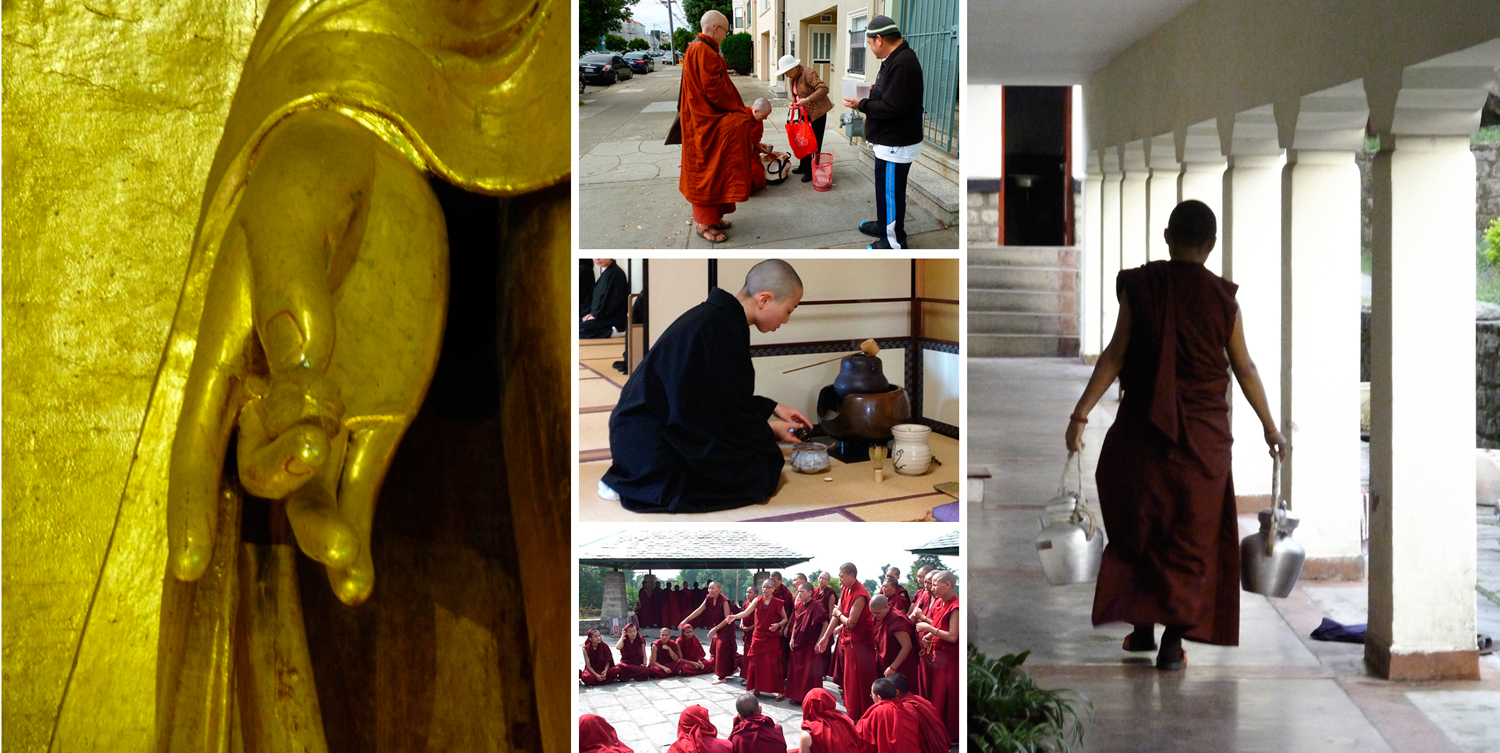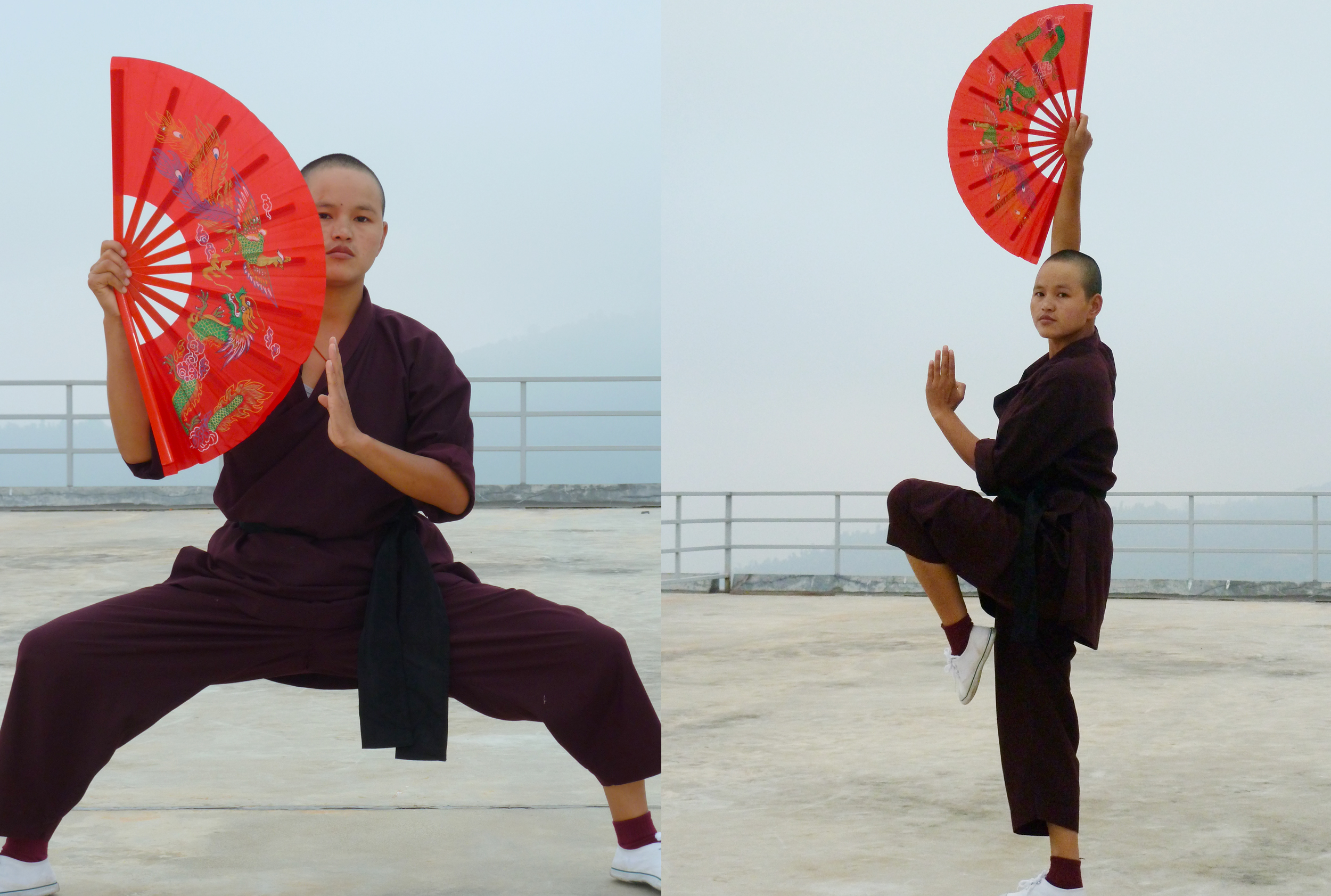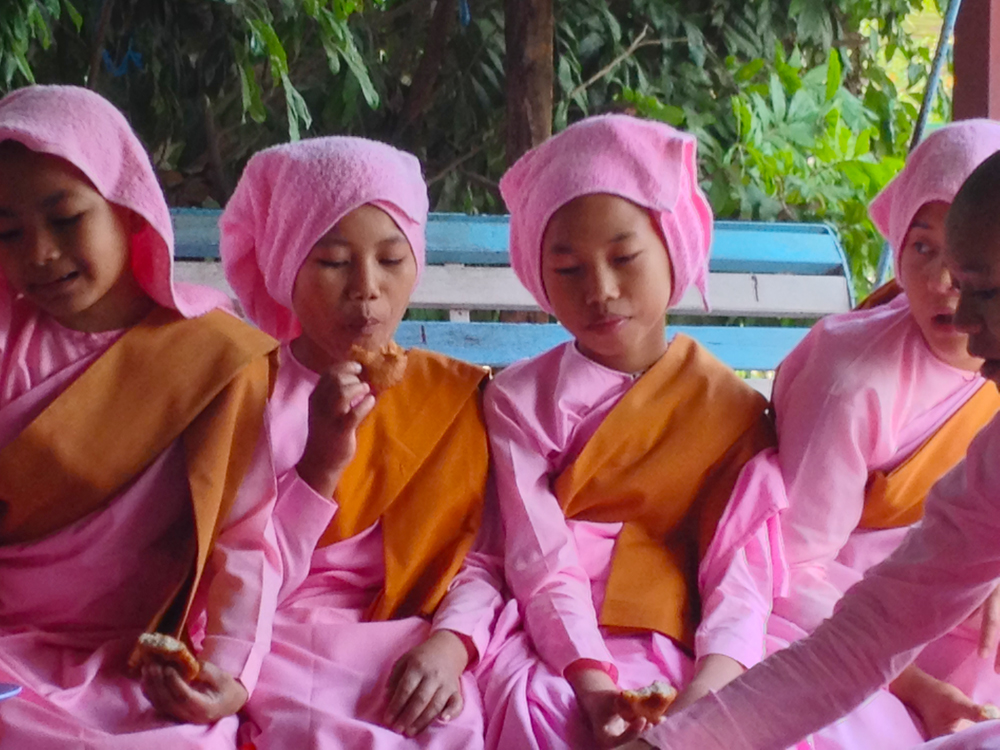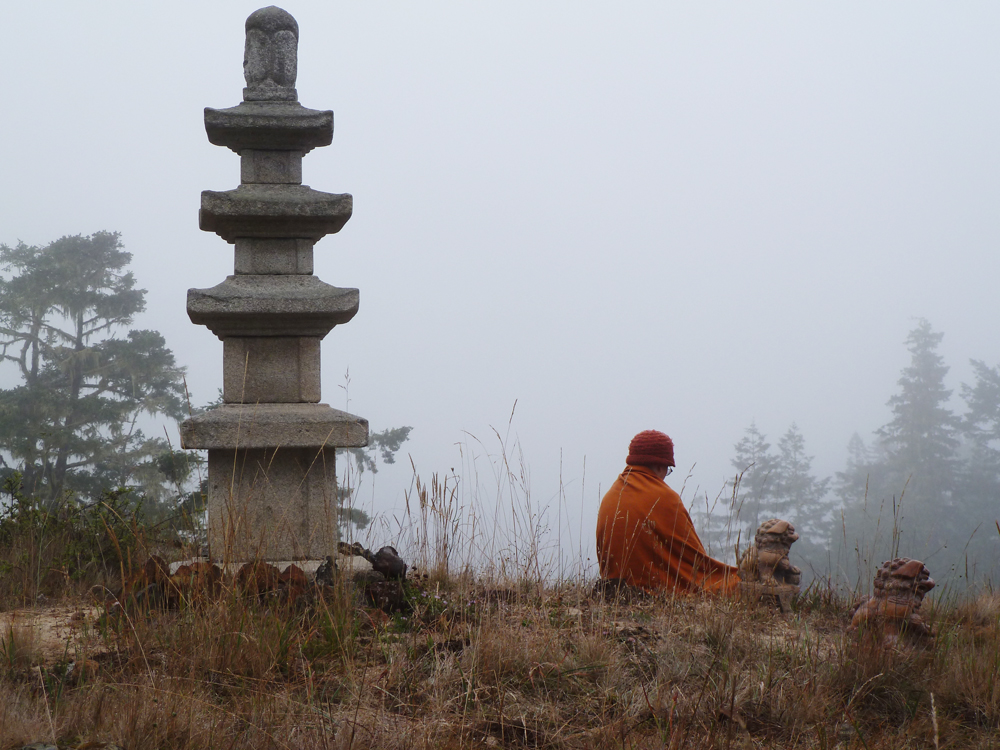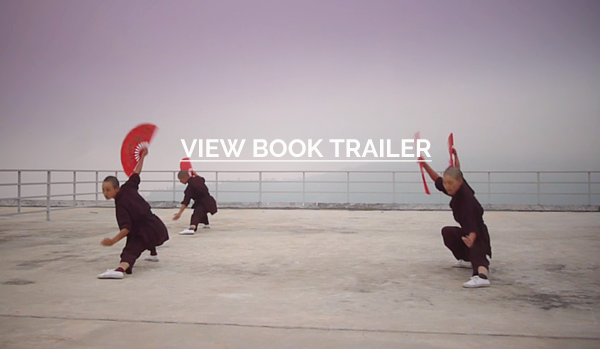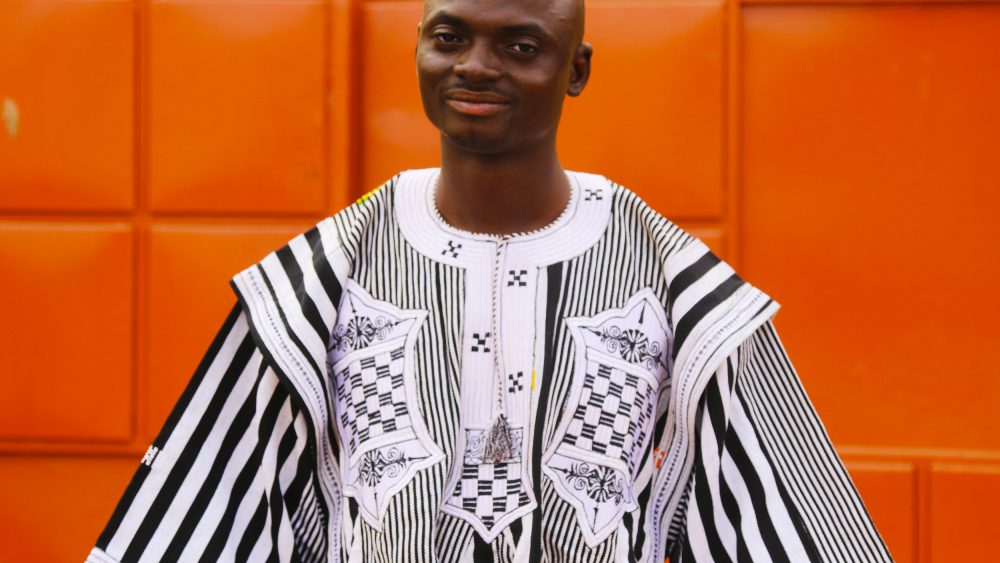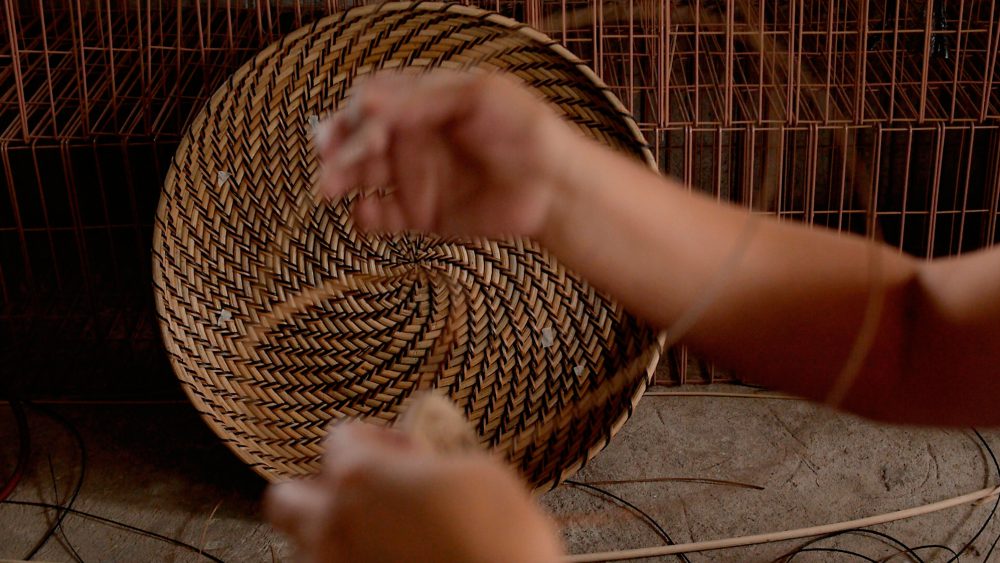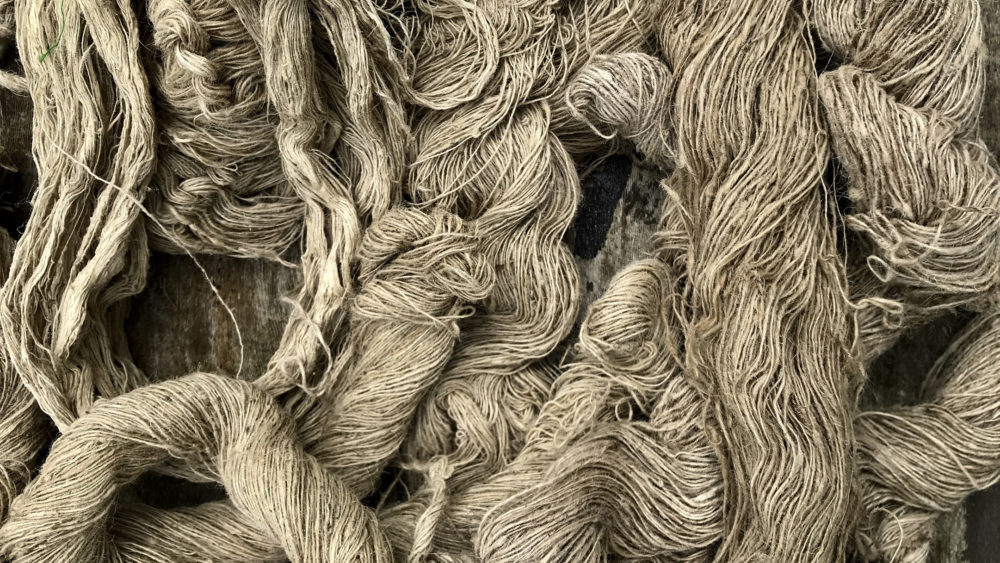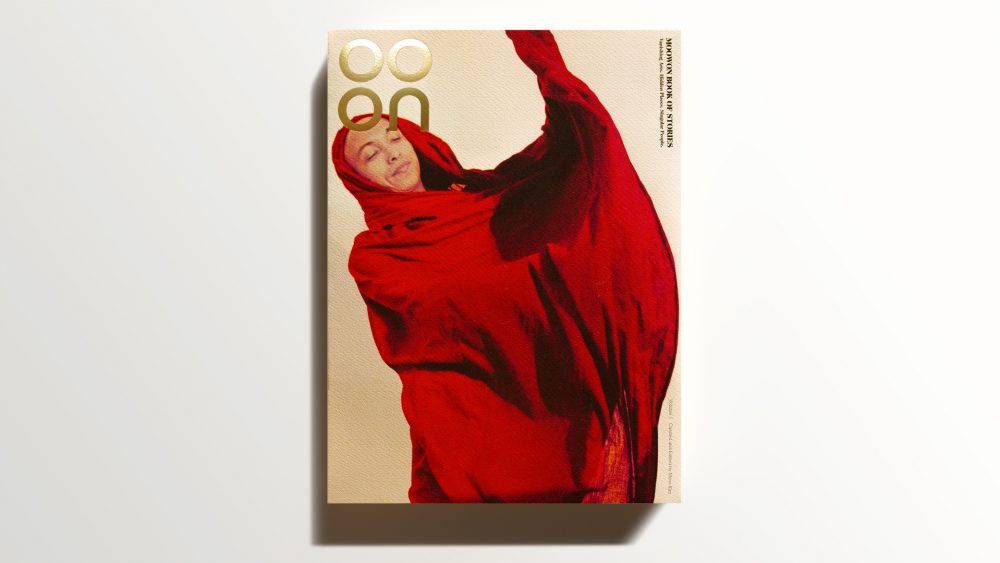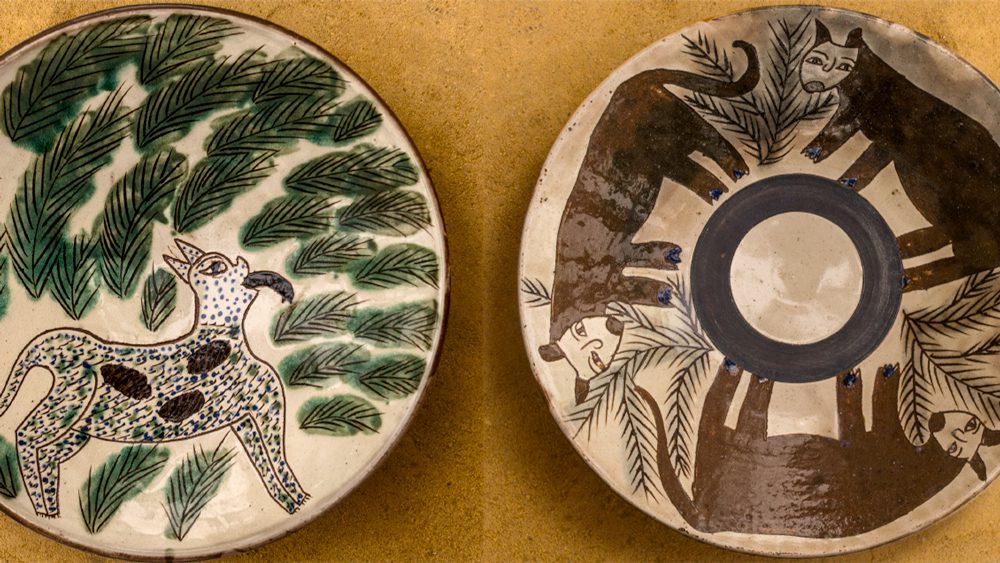We seldom hear about women who take on the brave responsibility to provide a voice to people who suffer atrocities in the world. We seldom hear about women who cultivate peace and wisdom not just within themselves but also for others beyond the quiet walls of their monastic settings.
After years of covering the world's post-conflict areas as a journalist, and in the midst of a personal loss, Christine Toomey embarked on a journey spanning two years from East to West in the company of extraordinary women whose stories and realities challenge our preconceived notions about women who chose to dedicate their lives to Buddhism.
Her book The Saffron Road: A Journey with Buddha's Daughters chronicles this incredible journey and explores the significant changes in the experience of women who chose this path. But just as poignant is how the 60,000 miles travelled during the two years catalyzed Christine's personal transformation and healing.
After so much time spent shedding light on some of the darkest corners of humanity, the consequences of such tragedies have become frighteningly familiar. Yet over the years I have been deeply moved by the courage many of the women I interviewed had discovered in themselves, my belief being that, ultimately, it could inspire us all. So when, in the course of writing about the Dalai Lama's political successor, I begin to encounter the stories of Buddhist nuns, I am touched by their strength and conviction, and heartened too. Because the courage these women show is born not only of tragedy and brutality, but also of something more uplifting: a longing to achieve their own enlightenment, and a compassion and determination to help others achieve it too. In a world numbed by the amount of attention paid to violence, terrorism, and political and religious power struggles, I find it profoundly refreshing to come across women whose lives are dedicated to nurturing the opposite.
– Excerpt from The Saffron Road by Christine Toomey
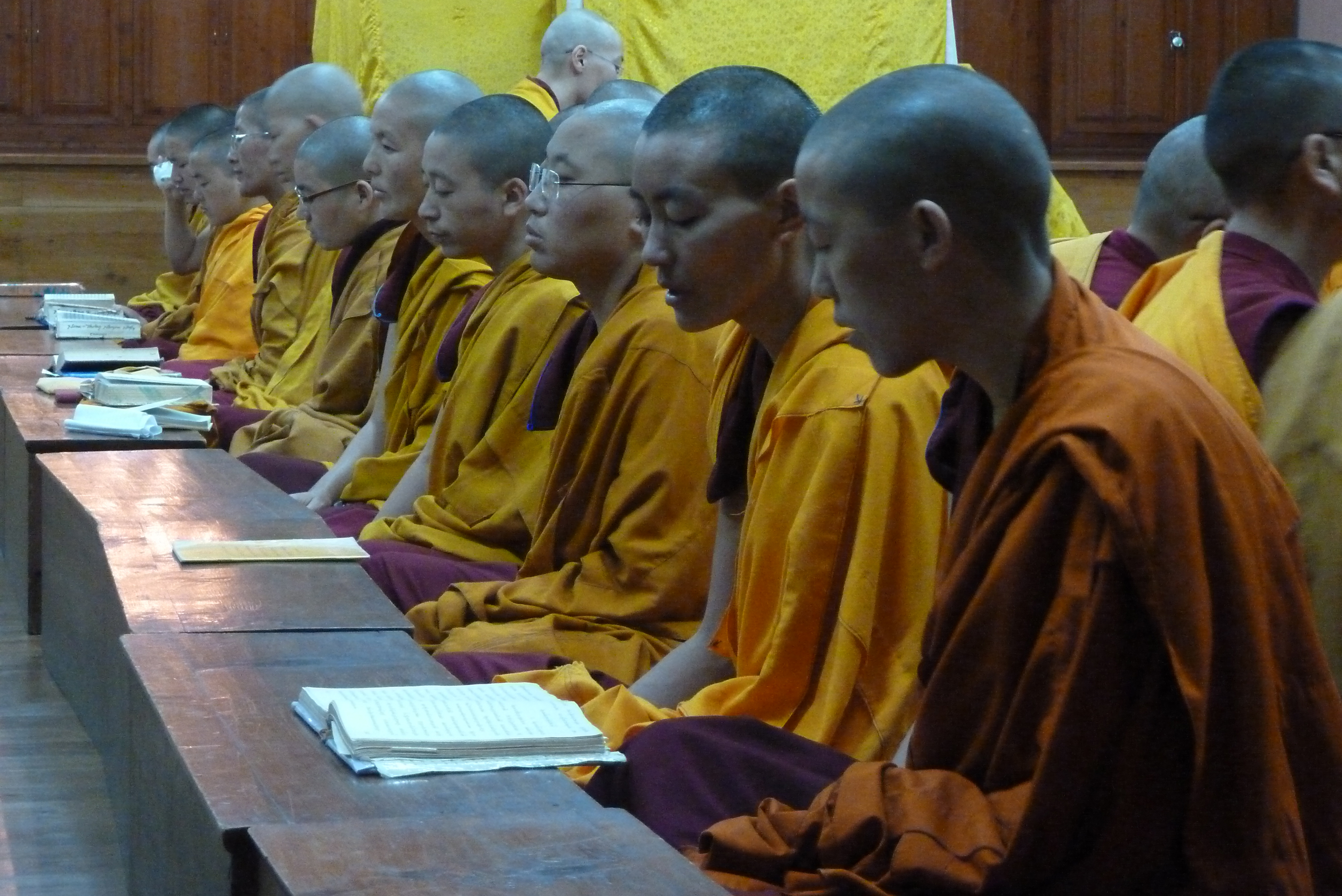
Nuns in worship at Dolma Ling, a Tibetan Buddhist nunnery near Dharamshala, Northern India.
MOOWON: What compelled you to undertake The Saffron Road for which you embarked on such an extraordinary journey?
CHRISTINE TOOMEY: I had gone to Dharamsala to interview the newly elected prime minister of the Tibetan government in exile when the Dalai Lama handed in his temporal role. My style of journalism has always been to talk to as many people as possible to understand as much of the context of a story as possible in the given time. In the course of researching the background to the story, I started to meet nuns who had come from Tibet into exile in India with such extraordinary stories, which were both shocking and eye-opening.
Originally I thought I'd like to come back one day and write a feature on them. But once I started to research and look into the world of Buddhist nuns, even those beyond the Tibetan orders, I just uncovered this incredible world of women from such diverse and unexpected backgrounds–strong wise women with a lot to say to us all. I decided that this deserved to be a book, not merely an article.
Yet, knowing little about Buddhism, I wanted to understand more about its history and origins myself, its journey from East to West, and how it has changed. Hence, the structure of the book follows the route that it has taken. I didn't want to limit myself so it turned out that I travelled 60,000 miles in the end. When I started I had no idea that it would turn into such an extraordinary journey!
But the project changed in some ways even before I started traveling due to the sudden passing away of my parents within just a few months of each other. My mother, who was a writer, and a large part of why I became a journalist and a writer, had passed away suddenly right before I was to set off traveling. This was a huge shock.
So what had originally been conceived as a journalistic endeavor, became a much more personal project by the time I started the journey because I was in a different space, asking questions in a different way. I really wanted to understand and absorb, through the women I was interviewing, some of the wisdom, grace, comfort, and enlightenment that they spend their whole life cultivating.
No matter how terrible the circumstances were, I think it would have been a very different book if my mother hadn't passed away because this opened me up in a way. I was asking questions that perhaps I would not have asked before, I was listening in a different way –listening more with the heart than with the head.
To enjoy the full story, become a Member.
Already a Member? Log in.
For $50/year,
+ Enjoy full-length members-only stories
+ Unlock all rare stories from the “Moowon Collection”
+ Support our cause in bringing meaningful purpose-driven stories
+ Contribute to those in need (part of your membership fee goes to charities)

